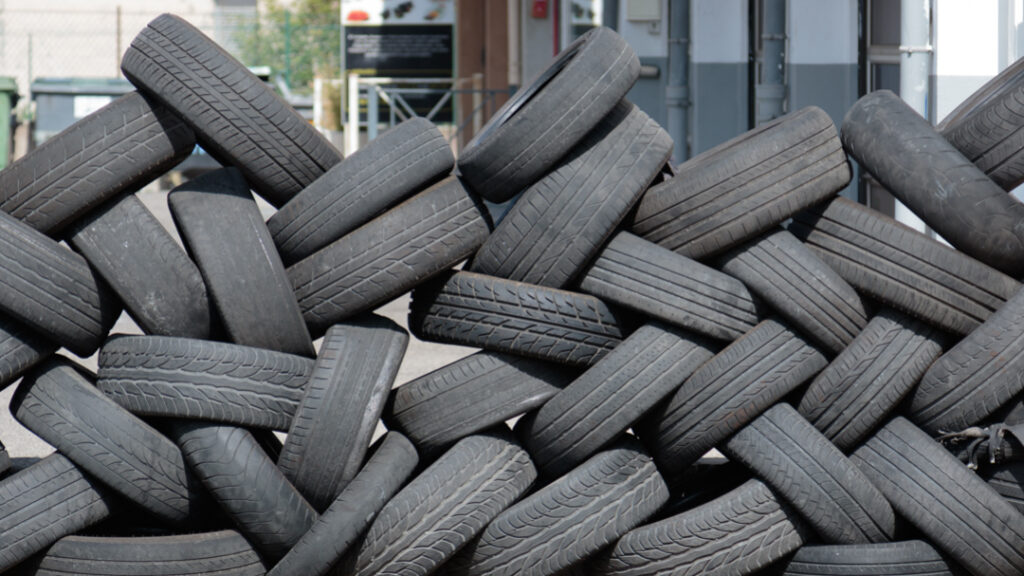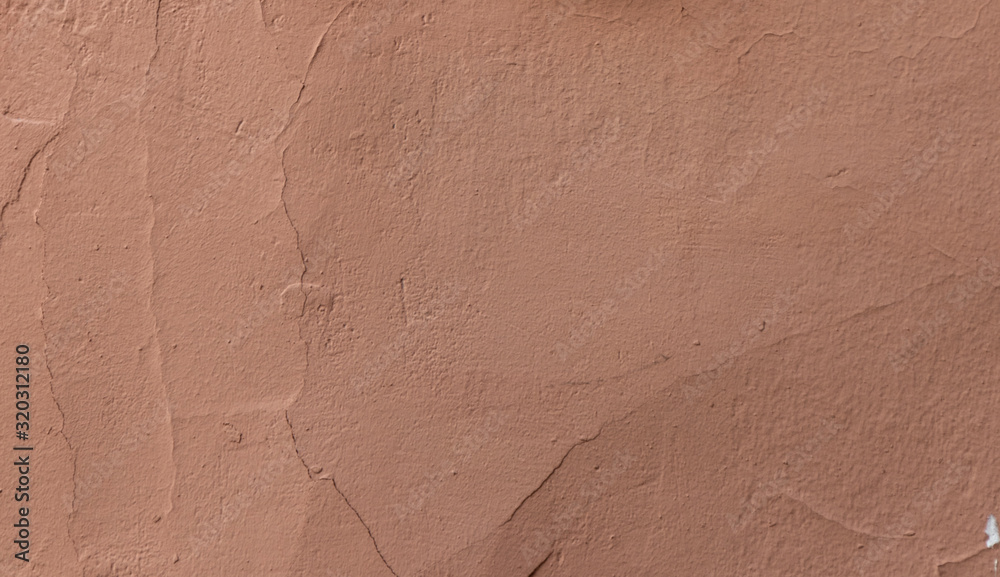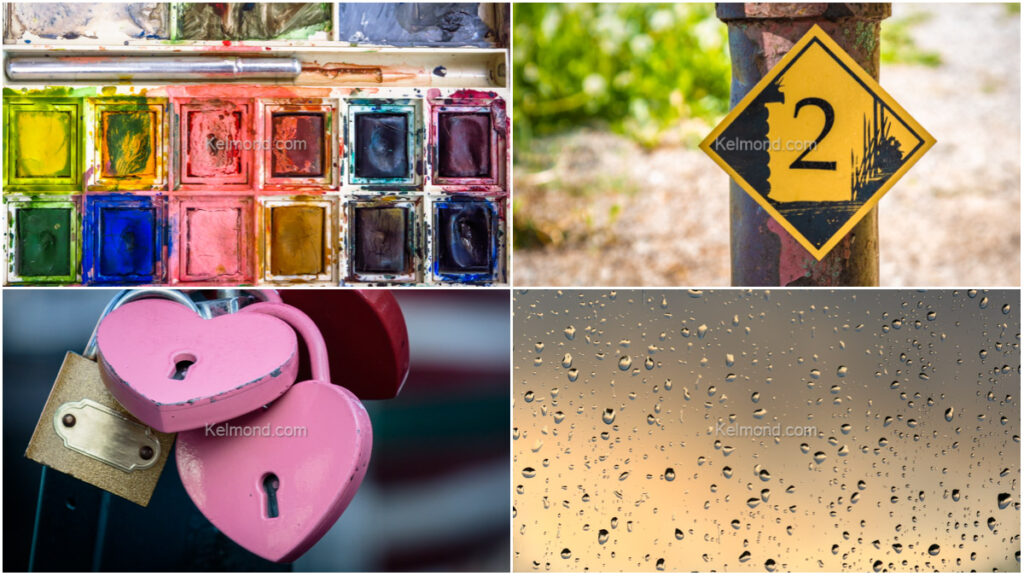If you’re anything like me (up until a couple of years ago) or most people to whom I’ve talked over the years, you probably associate stock photography with pictures of smiling beautiful models, meticulously presented dishes, travel adventures and the likes. In short, super pro, well-staged, with gear and props you don’t have and/or in places you can’t go.

However, there is much more to stock photography than that and my goal is to give you an idea of the kind pictures that you didn’t think could ever be sold as stock photography. Even this:

Before going further, if you’re wondering if you can actually make money with stock photography, take a look at my previous post on the subject: Can you really make good money selling stock photography?
As mentioned in that post, it took me years to finally start contributing to stock photography websites and one of the main reasons I didn’t do it much earlier was simply that I thought it wouldn’t sell anything. Because, you see, the pictures above are definitely not the kind of photos I usually take. No beautiful smiling models, no tasty looking food, no use of props (and no money to spend on that). Living a nomad life, hopping from hostel to hostel or staying in a rented flats (not the kind you take pictures of), I most often don’t even have access to a nice place where I can take a simple picture of a beautiful cup of coffee on a nice table.
But what I’ve discovered, both by diving deep into what kind of content was actually on stock photography websites and by trial and error with my first submissions, is that the subject doesn’t have to be perfect. Pictures of totally ordinary things sell, as well.
Obviously, I’m not implying that you shouldn’t strive for the best pictures you can possible take. You should, and if you do take world-class photos in perfect settings, that’s excellent! But if you don’t, that doesn’t mean you can’t make money with stock photography.
Customers’ needs are so varied that you could take a picture of a wall and have a real shot at selling it. Believe me, I know what I’m talking about… I’ve sold the following picture many times on Adobe Stock and Shutterstock. And it’s far from the only one (I’m a little obsessed with textures).

Anything useful can sell
If previously you didn’t think you had content worth uploading to a stock website, think again.
Here are some pictures that years ago I would never have considered submitting to stock websites. All it took was convincing myself that the worst that could happen was for me to waste a few minutes writing a description, adding a few keywords and uploading them, which I eventually did.

Some of you probably think “What? Somebody paid for those” Yes, they did! Some, and others like that, for the first time only a couple of days after uploading them.
Is it possible to earn gazillions with a single one of those pictures? Of course not! But one of the keys to being successful in stock photography is volume, anyway. If you ask me, actually making money, even it if was just little, with pictures you already have or can easily take is much better than the idea of (maybe) making a lot of money with pictures that you might (or not) take at some point the future, so just don’t dismiss mundane photography subjects.
If your content is useful, it can be sold.
The main thing to keep in mind when choosing which pictures to publish is that they must have at least some commercial attractiveness.
How to tell if your content has commercial appeal?
Regardless of topic, it is a bit difficult at first to guess if your content might be commercially appealing. And by that, I mean content for which customers would be willing to pay. Simply put, if your content is useful, fulfills someone’s needs, it is commercially attractive and can be sold.
If you cannot find any valid reason to use your pictures, then no one else will either.
Fortunately, there is a very simple way to help you assess the marketability of your creative content.
First and foremost, you can safely assume that just about anything you create could potentially be sold, keeping in mind that stock websites are not limited to photography, but also sell 3D images, illustrations and videos.
Do you often spend time playing around with some software, creating visual content for no reason other than learning new tools or simply practicing your craft? If you end up with anything worth saving “to use in some future project”, it’s probably good enough to try and sell it.
When judging your work, of course, be self-critical and as objective as possible. It will spare you from having too high expectations and also save you time and effort. Indeed, even minimal editing and adding a proper description and keywords take time, so don’t waste it on pictures that are likely to be rejected by the stock website reviewers, or simply will in all likelihood never get sold.

Have you taken a picture you have used as background in a photo composite? Someone else might use it too.
Then, ask yourself:
- Who would buy this?
- How would they use it?
If you can’t answer, it’s unlikely that some random customer will find ever your content useful. But if you can honestly think of a perfectly valid reason for someone to use it, then go for it.
Take my pictures above… I’d be the first to admit that those are not the best pictures ever and will never be in very high demand, but it’s easy to imagine that they could be used either as part of a photo composite or to illustrate some article or blog post. How they are actually used, I’ll probably never know.
Once again, not being able to find answers to those questions doesn’t mean your work could never be sold, but simply that a stock content website is not the right place.
Start selling stock content now
Hopefully, you now realize that you might have valuable stock content just waiting to be published. You have to start somewhere, so even if it’s not perfect, don’t dismiss it as worthless and don’t get keep thinking only about what you might create someday. You already have images, videos, audio content, etc. so start right there.
Always keep in mind that, provided that your pictures are of a good enough technical quality:
- Mundane subjects are not worthless.
- If it’s in some way useful, it can get sold.
- If you cannot think of any actual use for a picture, then no one else will.
Prepare your content, upload it to, cross your fingers, and repeat. Then repeat again. Learn along the way, analyze which content sells the most and follow trends if you can (it’s not a prerequisite, but it never hurts), and keep improving your craft.
There are many stock photography websites, but I recommend you begin with at least one of these (the first three of them largely corner the market):




It may take some time, but if you submit varied and good quality content, you WILL eventually get sales.
Good luck!